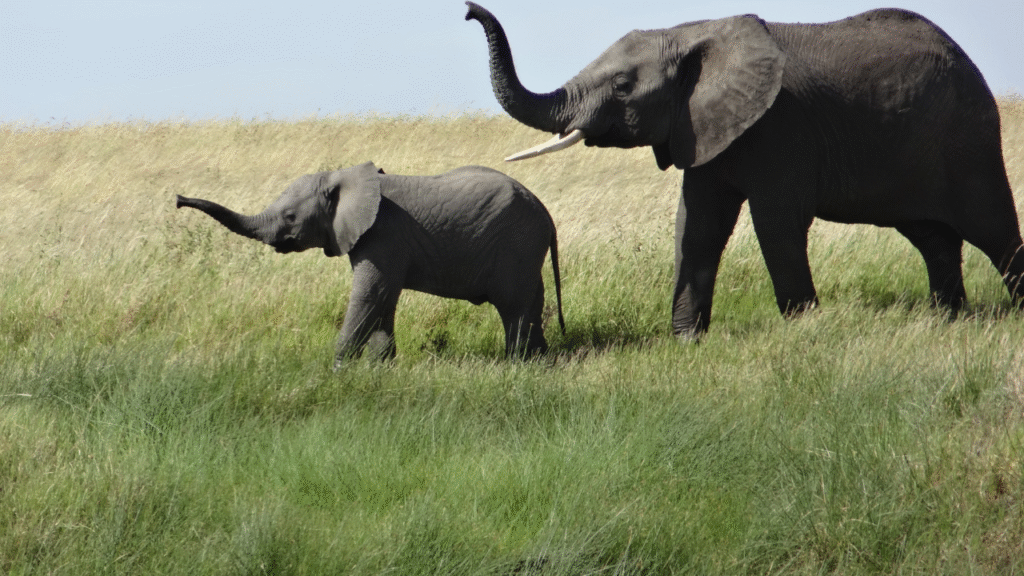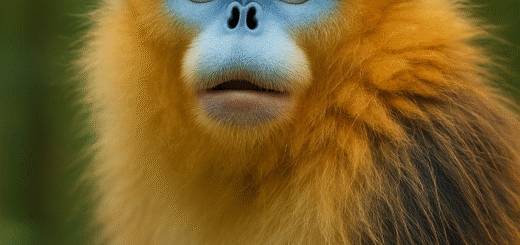What Do Elephants Eat? A Guide to Their Massive Diet
Elephants are the largest land animals on Earth, and with great size comes a great appetite. Their massive bodies require enormous amounts of food every day—so what do elephants eat, exactly?

In this article, we explore the elephant’s diet in the wild and in captivity, the role of food in their behavior and survival, and how their eating habits impact the environment. Whether you’re a wildlife enthusiast, researcher, or simply curious, this guide will feed your curiosity.
Understanding the Elephant’s Digestive Needs
Elephants are herbivores, meaning they eat only plants. On average, an adult elephant consumes between 200 to 300 pounds (90 to 135 kg) of food per day. Because their digestive system only absorbs about 40% of what they eat, they spend up to 16 hours a day eating.
What Do Elephants Eat in the Wild?
1. Grasses
Grasses make up a large portion of an elephant’s diet, especially for African savanna elephants. During the wet season, lush grasses are abundant and provide a reliable energy source.
2. Leaves and Twigs
Elephants frequently browse tree branches, stripping leaves and snapping off twigs with their trunks. They favor trees like acacias, baobabs, and marulas.
3. Bark and Wood
Tree bark is rich in calcium and roughage. Elephants peel bark off trees using their tusks and trunks. This behavior helps sharpen their tusks but can be destructive to forests if overdone.
4. Fruits
When available, elephants love wild fruits like figs, mangoes, and jackfruits. Fruits are high in sugar and provide energy, especially during dry seasons when food is scarce.
5. Roots and Tubers
Elephants will dig with their tusks to unearth roots and tubers, which are rich in water and nutrients—essential for survival in arid regions.
Seasonal Changes in Diet
Elephants adapt their diet depending on the season. In the wet season, grasses and fresh leaves dominate their meals. In the dry season, they shift to tougher materials like bark, roots, and dried foliage.
What Do Elephants Eat in Captivity?
In zoos and sanctuaries, elephants are fed a carefully balanced diet to mimic their wild intake:
- Hay and grasses: Primary diet base
- Fruits and vegetables: Bananas, apples, carrots, pumpkins
- Specialized pellets: Fortified with minerals and fiber
- Tree branches: For mental stimulation and roughage
Caregivers ensure elephants get enough nutrients while also managing their weight and health through controlled feeding.
How Much Water Do Elephants Need?
In addition to food, elephants can drink up to 50 gallons (190 liters) of water a day. Water is essential not just for hydration, but also for cooling off, bathing, and social bonding.
How Elephant Diet Impacts the Ecosystem
Elephants are known as ecosystem engineers. Their feeding behaviors shape the landscape:
- Seed dispersers: Fruits they eat pass through digestion and are deposited far away, helping plant reproduction.
- Forest openers: By uprooting trees and clearing paths, they create open areas for grasses and smaller species.
- Soil enrichers: Their dung is rich in nutrients and supports countless insects and fungi.
Threats to the Elephant’s Natural Diet
Sadly, human activities are reducing access to natural food sources:
- Deforestation
- Agricultural expansion
- Climate change
These threats lead elephants to raid farms, causing human-wildlife conflicts.
Final Thoughts
The elephant’s diet is more than just a daily menu—it’s a reflection of their intelligence, adaptability, and crucial role in maintaining ecological balance. Understanding what elephants eat helps us appreciate their needs and protect the environments they call home.








